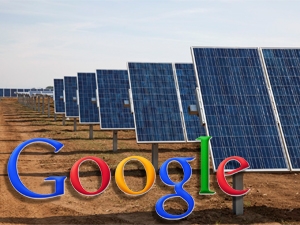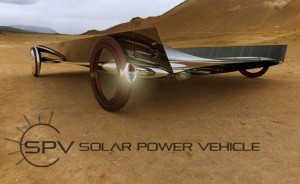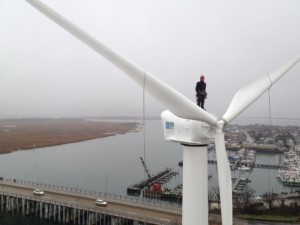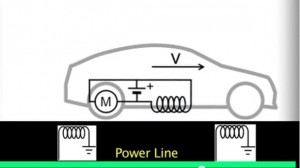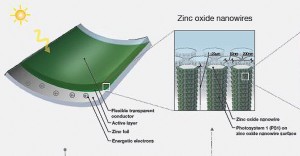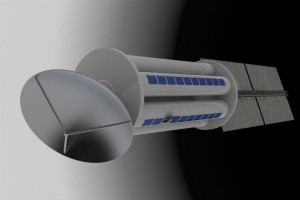The Ecovila, located on the coast of São Paulo, is the first residential structure in Brazil to install solar panels that follow the motion of the sun. The solar system, along with two wind turbines, will provide enough energy for lighting and water pumping to support the entire village consisting of 58 houses. The system installed has the capacity to capture 350,000 liters of rainwater, and the design of the village boasts cross ventilation, 15 square meters of green area per resident, and an organic garden.

 Follow
Follow